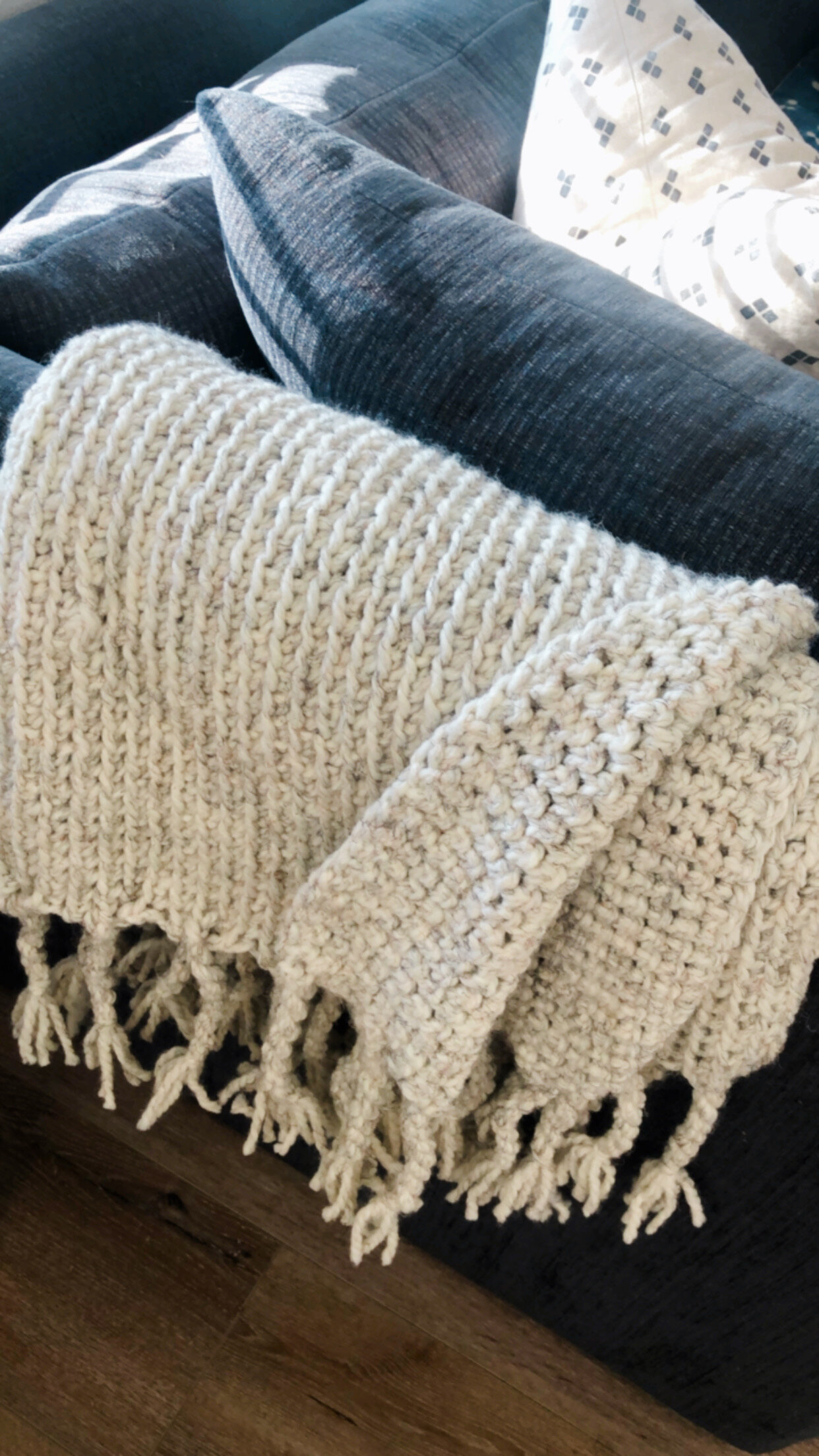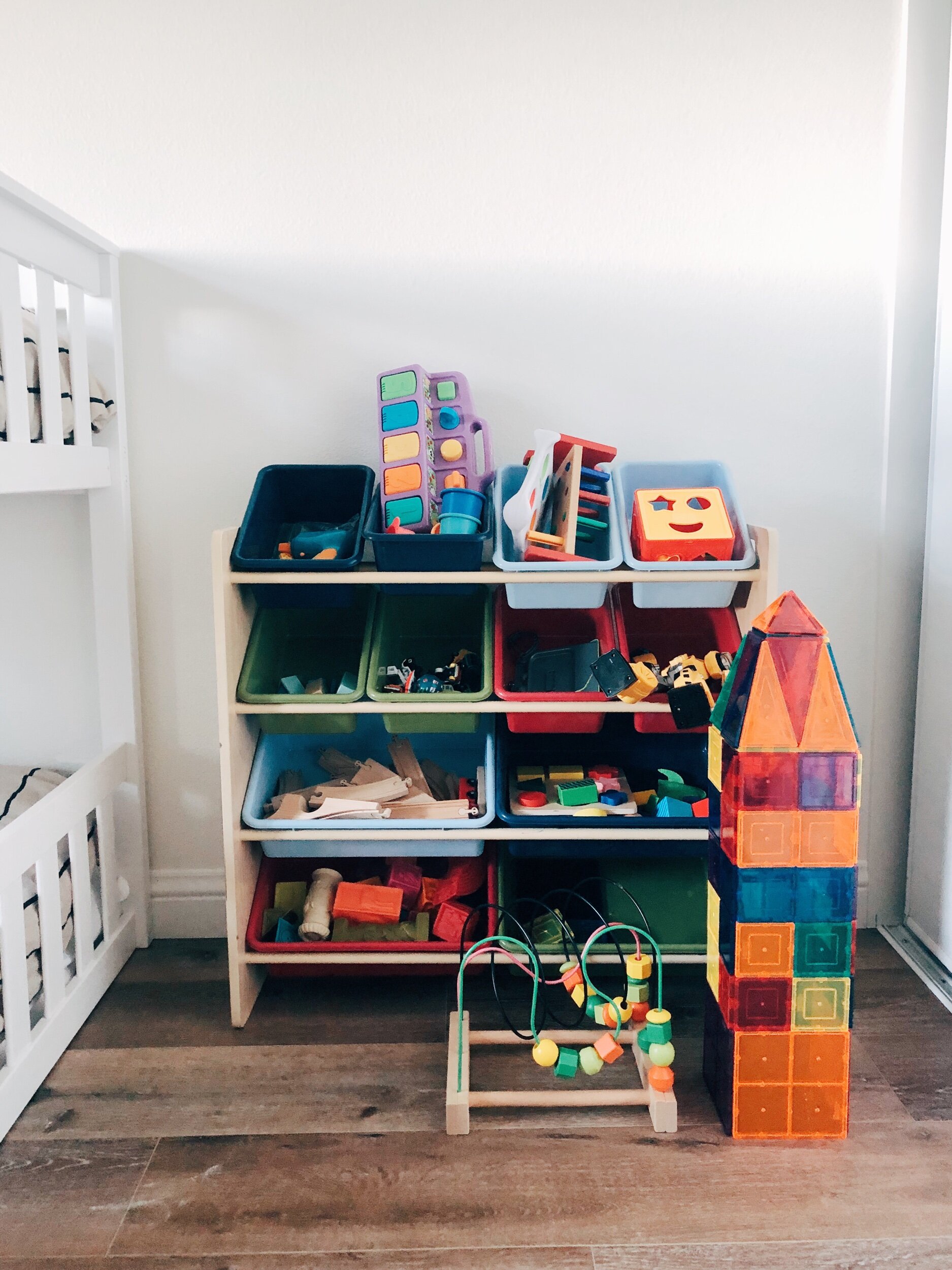For months, I’ve spent the late hours of the day catching up. While my husband puts the kids to bed, I send emails I didn’t get a chance to earlier in the day. I jot down bullet points of thoughts because I can no longer think in complete sentences. I make lists combining my new list with all the cumulative lists that came before it.
I didn’t know it was possible to be this far behind, to carry your responsibilities from one day to the next, from one week to the next, from one month to the next, ad infinitum.
I didn’t expect to be hit so hard with my own limitations, laid bare without the mediators of extra help and a “normal” schedule.
Texting with a friend, she said, “Half of the struggle is just figuring out what to spend my time on and what to prioritize.”
When you’re drowning in to-dos, where do you even start?
What friends have told when I’ve asked how they’re doing in the midst of the pandemic, amidst the pains of racial injustice, as working moms juggling the impossible trifecta of full-time work, full-time childcare, and almost full-time household management is:
“We’re taking it day by day.”
Day by day.
Gratitude for this day (see Ps. 118:24) + recognition of our limitations (see Matt. 6:34, 2 Cor. 12:9) + actions of obedience (see Job 36:11, John 15:12-17) = contentment within the circumstances of today (see Phil. 4:11-13, Prov. 19:23).
Gratitude reminds us that today is a gift. Our limitations remind us that we are not God and gives us freedom from having to do it all. Abiding with obedience reminds us to make moves in love, here and now, however small.
May we be people of contentment over achievement and practice over perfect, starting with today.
START THE NIGHT BEFORE
I keep learning this lesson the hard way: there is no getting ahead without getting ahead. There is no shortcut to preparation. On the days that I don’t get up before my kids, I feel it – the subtle overwhelm of starting the day behind, in reactive mode rather than proactive.
Whether it’s the night before as part of your evening wind-down routine or first thing in the morning, take a couple minutes (it really does take only 2-3 minutes) to game plan for the day ahead.
Review your calendar and write down the next day’s appointments. Write in when you plan to get up, what your workout will be and when, what meals (and snacks!) you have planned for the day. Block off time to do focused work. Jot down what you imagine the day’s priorities to be – these can always be adjusted as needed. Then go to sleep – or – if you are doing this in the morning, continue with your morning routine. I’ve found that I have renewed clarity about my day’s priorities after a good night’s sleep or after my quiet time + cold brew ritual.
PRACTICE OVER PERFECT
Habits are the anchors of my day.
At the beginning of this, I decided on five foundational habits to track for the entirety of 2020. These are my daily practices:
A practice of silence/solitude/stillness
Bible study
A workout
20 minutes of reading with my boys
A writing session of 20 minutes or longer
Your practices will likely look different, based on the habits you want to create and the goals you have set for yourself. I’ve found that focusing on doing these five things consistently in this season has been the most grounding for me, so these have a special place at the top of the list.
TOP THREE PRIORITIES
Every day requires a calibration of priorities. Ideally, your top three priorities for the day are the tasks or projects that will have the most impact on moving your goals forward, but these can also be affected by deadlines or by priorities set by senior work leadership.
Don’t overthink these. You can always change them (and it’s especially easy when you’re using a digital planner page). Even the smallest progress can move your goals forward.
THE & LIST
Start with a fresh list every day.
Don’t roll over unfinished tasks from yesterday’s list just because they were on yesterday’s list – starting the day with a list that spans months of to-dos will instantaneously kill all momentum. Delete tasks deemed unnecessary and brain dump all the tasks that need to get done eventually but not necessarily today onto a different document/notebook/piece of paper.
Keep your and list short, sweet, doable and relevant to today.
ABIDE
This is where I write my Bible study plans for the day. Even though it’s in the bottom corner of the page, I consider this the most important section of my plans – it’s impossible to go wrong with this time. If you are on a reading plan, write the day’s reading here. I’m currently working through Kelly Minter’s Nehemiah study and Joel Muddamalle’s Instagram study #AmosInAction, so I’m writing in “Session 1 and Amos Ch. 4.”
TOMORROW STARTS TODAY
I created this digital planning page (that’s also printable!) because I needed a way to organize my day that I could easily load onto my iPad (via GoodNotes) and bring with me when I travel. I wanted something simple, easy, and comprehensive. I wanted to capture in one place the interconnectedness of life – the work overlapping with play overlapping with how taking care of body, mind, and spirit.
At the end of the day, I think what most of us want is to be content with how we spent our time.
Fewer distractions. Less busy work. Less “catching up.”
More moments of feeling truly present. More play. More satisfaction in accomplishing exactly what we needed to do.
I’ve heard it said that we overestimate what we can do in a day, but underestimate what we can do over months and years. James Clear puts it this way: “Intensity makes a good story. Consistency makes progress.”
We can still choose to take each day as a gift. Some days we’ll make the most of the day, other days, we’ll leave our to-do list untouched. That’s ok. We can keep starting fresh. We can keep resetting our intentions. We can refocus our eyes on new morning mercies. Day by day.












